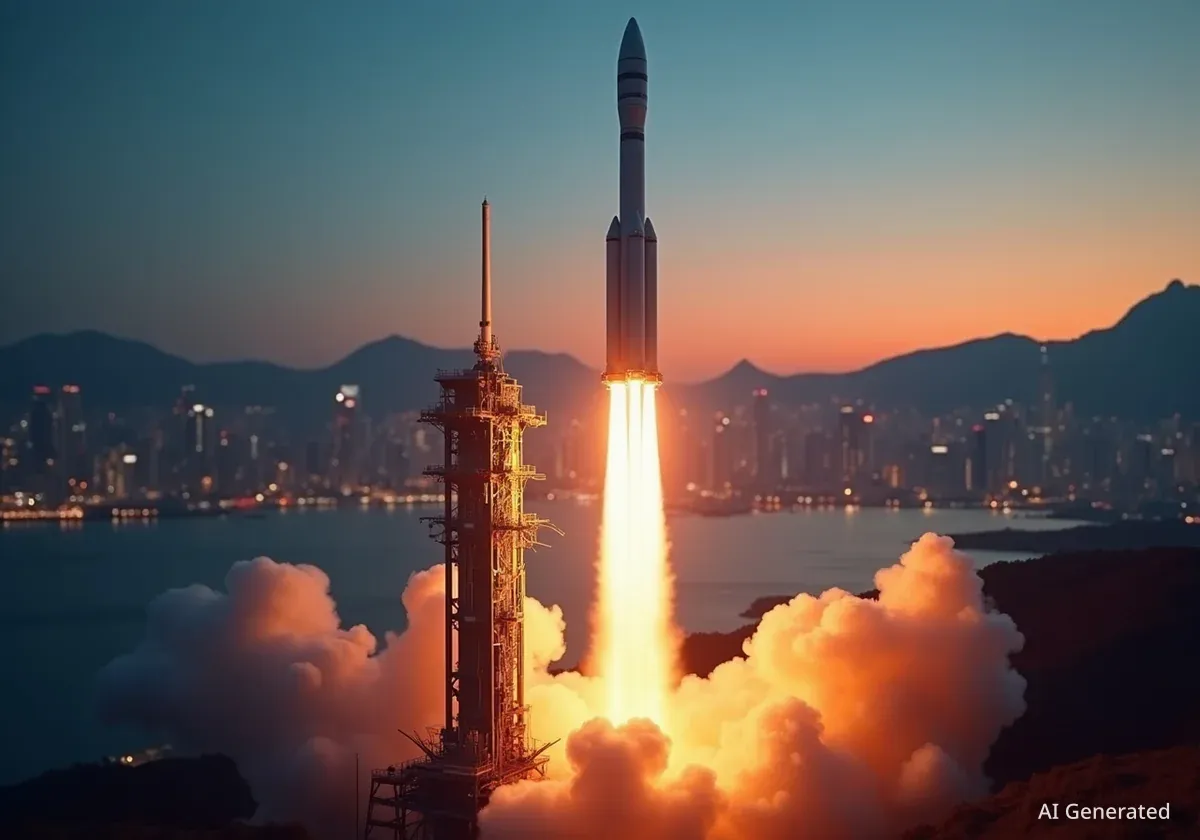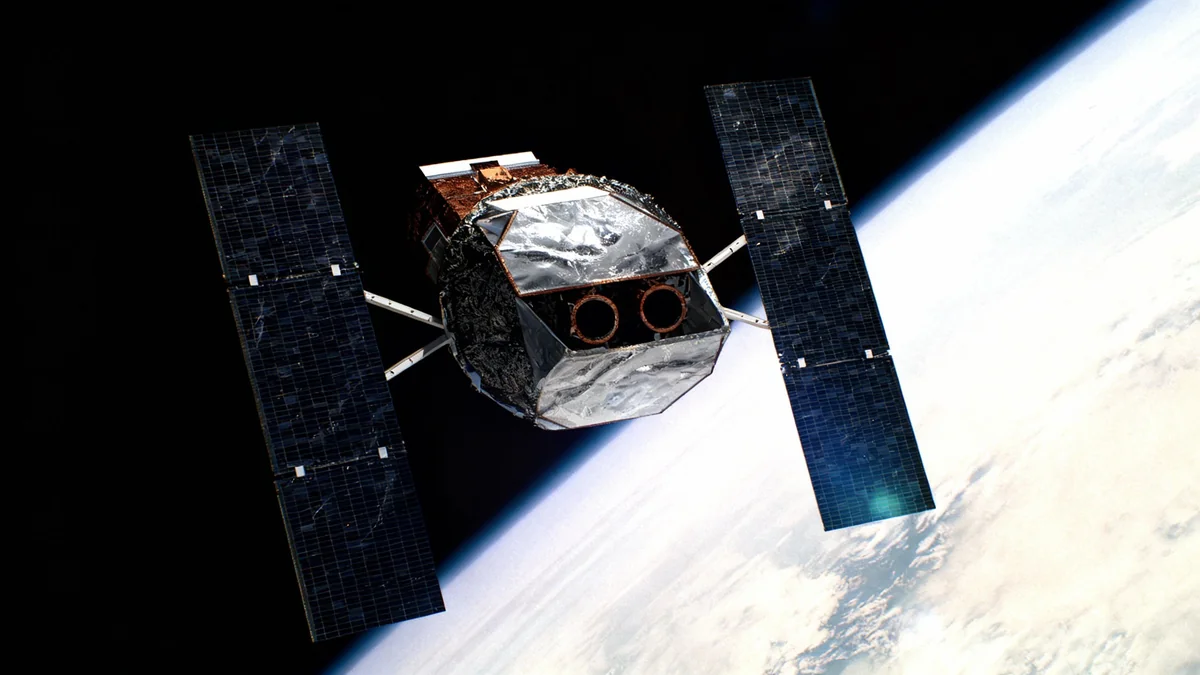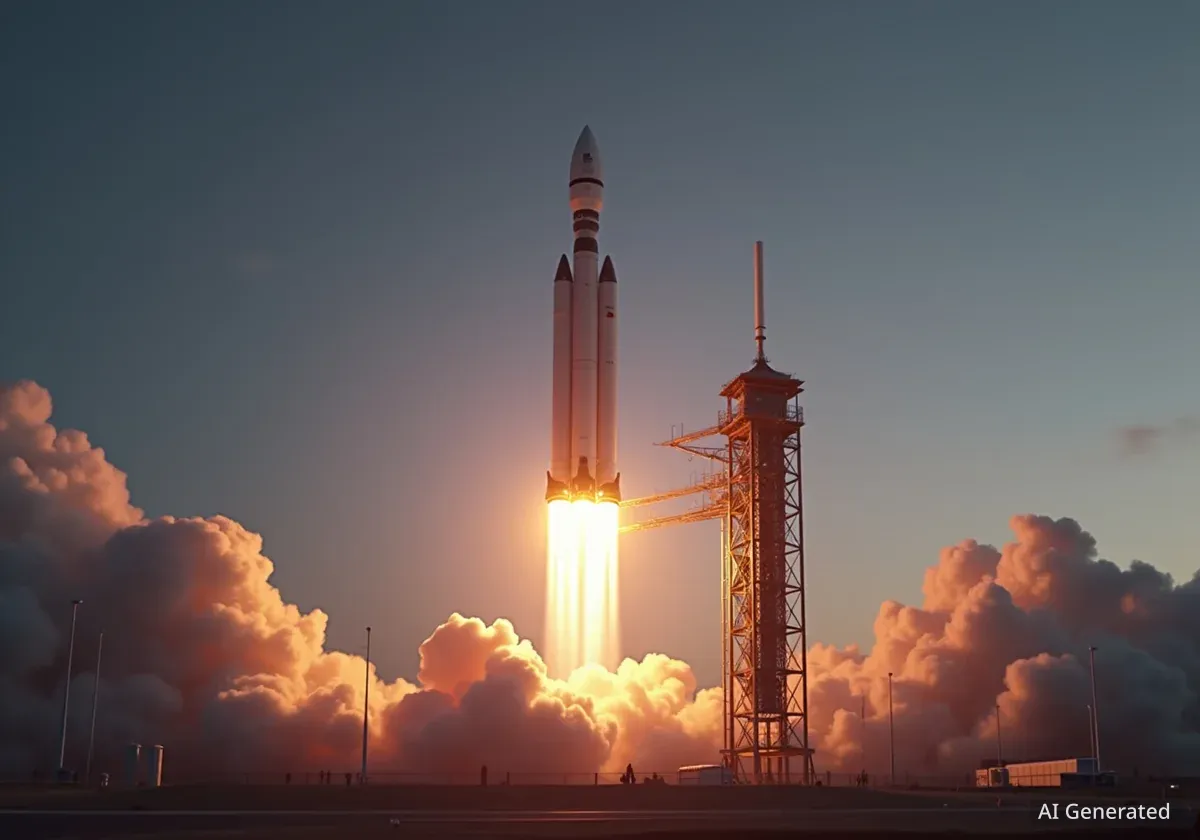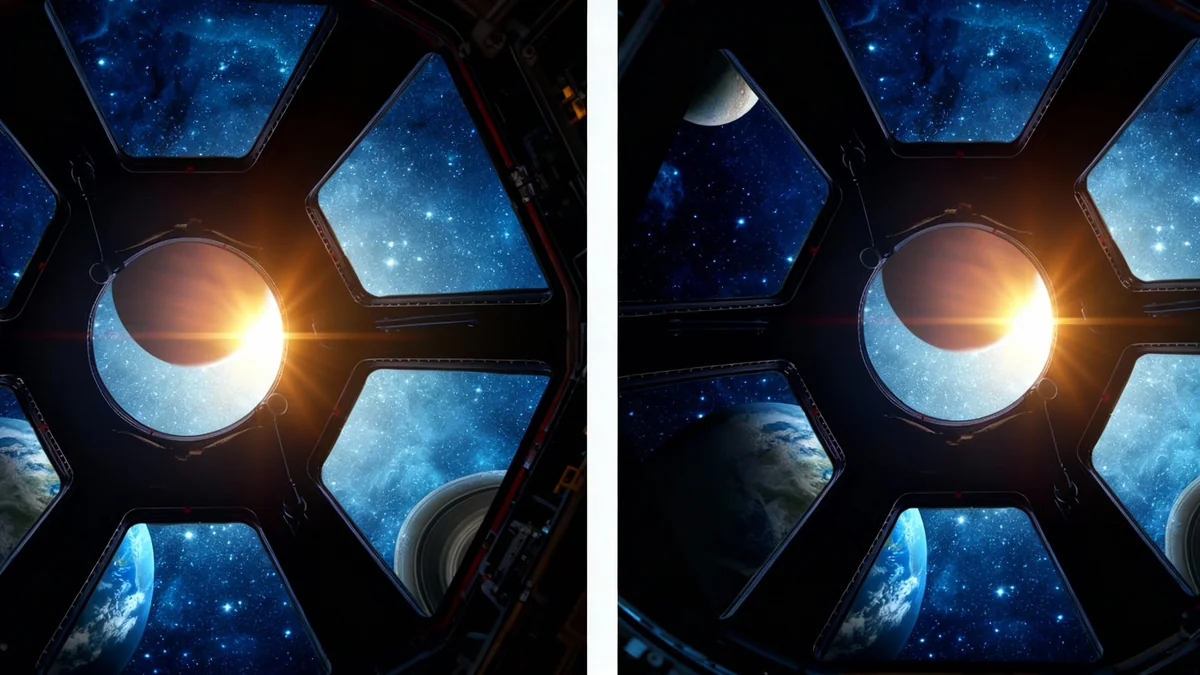Hong Kong has the potential to become a key player in the global space economy, a market projected to be worth trillions of U.S. dollars, according to Anthony Neoh, the former chairman of the city's Securities and Futures Commission. He predicts that a Chinese commercial space company with reusable rocket technology, similar to SpaceX, is likely to emerge within the next two to three years.
Key Takeaways
- Anthony Neoh, former SFC chairman, identifies the space economy as Hong Kong's next major economic frontier.
- A Chinese commercial space company with reusable orbital rockets is anticipated to begin operations within three years.
- The global satellite industry is shifting from Geostationary Earth Orbit (GEO) to Low Earth Orbit (LEO) for broadband internet.
- Hong Kong's unique combination of a common law system, financial infrastructure, and global access gives it a strategic advantage.
Hong Kong's Strategic Position in the Space Race
According to Anthony Neoh, Hong Kong is uniquely positioned to capitalize on the rapidly expanding commercial space sector. He highlights the city's distinct advantages as a global financial hub with a reliable legal framework.
"The worth of this trillion-dollar industry will be counted not only in Hong Kong dollars, but also in US dollars and pounds," Neoh stated. "Hong Kong has the right ingredients to ride the momentum."
The city's common law system, which underpins most international financing practices, provides the legal certainty that global investors require. This, combined with its mature financial infrastructure, makes Hong Kong an ideal bridge between international capital and the high-tech space industry.
Who is Anthony Neoh?
Anthony Neoh is a prominent barrister who served as the chairman of the Securities and Futures Commission of Hong Kong (SFC) from 1995 to 1998. He currently co-chairs the Asian Academy of International Law. His insights connect the region's financial and legal strengths to emerging technology sectors like the space economy.
The Global Shift to LEO Satellite Constellations
The commercial space industry is undergoing a significant transformation, moving away from traditional large satellites in Geostationary Earth Orbit (GEO) towards massive constellations of smaller satellites in Low Earth Orbit (LEO).
GEO satellites orbit at an altitude of 36,000 kilometers and have long been the standard for television broadcasting and other communication services. In contrast, LEO satellites operate at 2,000 kilometers or less, circling the Earth approximately every 90 minutes.
This lower altitude reduces latency, making LEO constellations suitable for providing high-speed broadband internet to underserved and remote areas. They are also expected to support data needs for the maritime and aviation industries.
Explosive Growth in Satellite Launches
- Goldman Sachs Research projects that up to 70,000 LEO satellites could be launched over the next five years.
- The European Space Agency forecasts that approximately 100,000 satellites will be in orbit by the year 2030.
The United States currently leads this market, largely due to SpaceX's Starlink venture. As of October 8, astronomer Jonathan McDowell reported 8,608 Starlink satellites in orbit, with 8,592 operational. These megaconstellations are reshaping expectations for both performance and cost in the satellite communications industry.
China's Pursuit of Reusable Rocket Technology
A critical factor in the commercial space race is the development of reusable orbital rockets, which dramatically lowers the cost of launching satellites. The United States, through companies like SpaceX, has a significant lead in this area. SpaceX's launch vehicles have been reused up to 32 times, creating a major cost efficiency advantage.
"Technology is no longer the limiting factor on how far humanity’s ambitions could stretch across the solar system. The key lies in a viable commercial model and long-term commitment."
Neoh expressed confidence in China's ability to close this technological gap. "We are the only country capable of catching up quickly," he said. He noted that the U.S. currently conducts approximately six launches for every one by China, a difference he attributes primarily to reusability.
He revealed that at least two mainland Chinese companies he is aware of have conducted successful trials of reusable launchers and are expected to enter production next year. This progress fuels his prediction that a Chinese competitor to SpaceX will emerge soon.
"I believe that China is now on the right track, and a domestically developed 'SpaceX-like' commercial space company with reusable launch vehicles... is likely to emerge within the next two to three years," Neoh projected. He clarified that while it may not be identical, it would be "comparable in its technological ambitions."
Hong Kong's Emerging Space Ecosystem
Hong Kong is already developing a local space industry. The city is home to four companies actively involved in the space sector. Two of these, AsiaSat and APT Satellite, are established players operating GEO satellites that provide 45 percent of Asia's broadcasting services.
The other two local firms focus on manufacturing small satellites, typically measuring one meter by one meter. This local expertise is now being supplemented by an influx of companies from mainland China.
Six mainland Chinese firms have established a presence in Hong Kong, with four of them specifically focused on satellite launch services. This growing ecosystem, combined with the city's financial and legal advantages, supports the vision of Hong Kong as a future hub for the commercial space industry. The anticipated start of commercial operations for reusable rockets within three years is expected to unlock a new wave of investment and business opportunities for the region.





